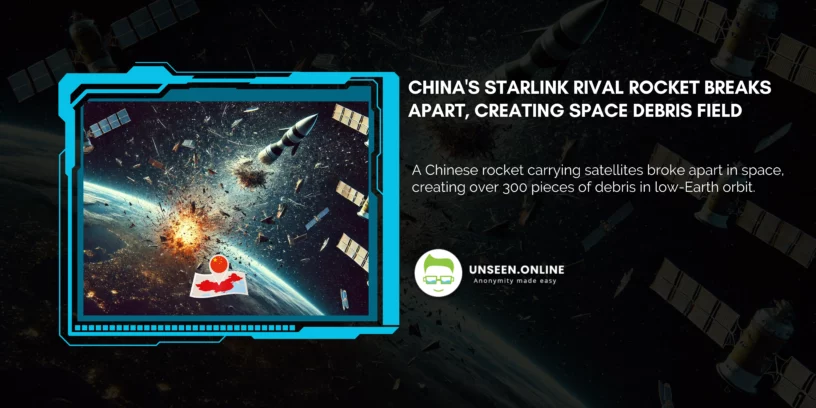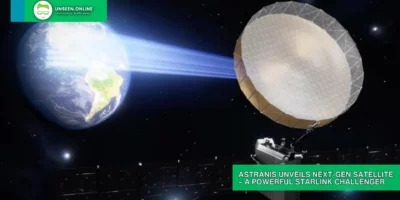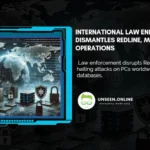A recent Chinese rocket launch has led to an unexpected issue in space, creating a significant debris field in Earth’s orbit. The Long March 6A rocket, which successfully deployed 18 satellites for China’s new “Qianfan” satellite constellation—part of their effort to rival SpaceX’s Starlink—accidentally broke apart after completing its mission.
The US Space Command and satellite tracking firms have confirmed the incident, with estimates of over 300 to 900 pieces of debris now orbiting Earth at an altitude of 800 kilometers.
This debris poses potential risks to other low-Earth orbit (LEO) satellites, including SpaceX’s Starlink and even the International Space Station. Although the debris doesn’t pose an immediate threat, SpaceX warns that these fragments could linger in orbit for decades, increasing collision risks.
The Chinese launch provider has yet to comment on the cause of the rocket’s break-up. However, concerns are mounting that future launches for China’s satellite network could lead to more debris incidents, further cluttering LEO. SpaceX has urged all space agencies to adopt stricter safety measures to prevent such accidents, emphasizing the need for transparency and proactive debris management.







